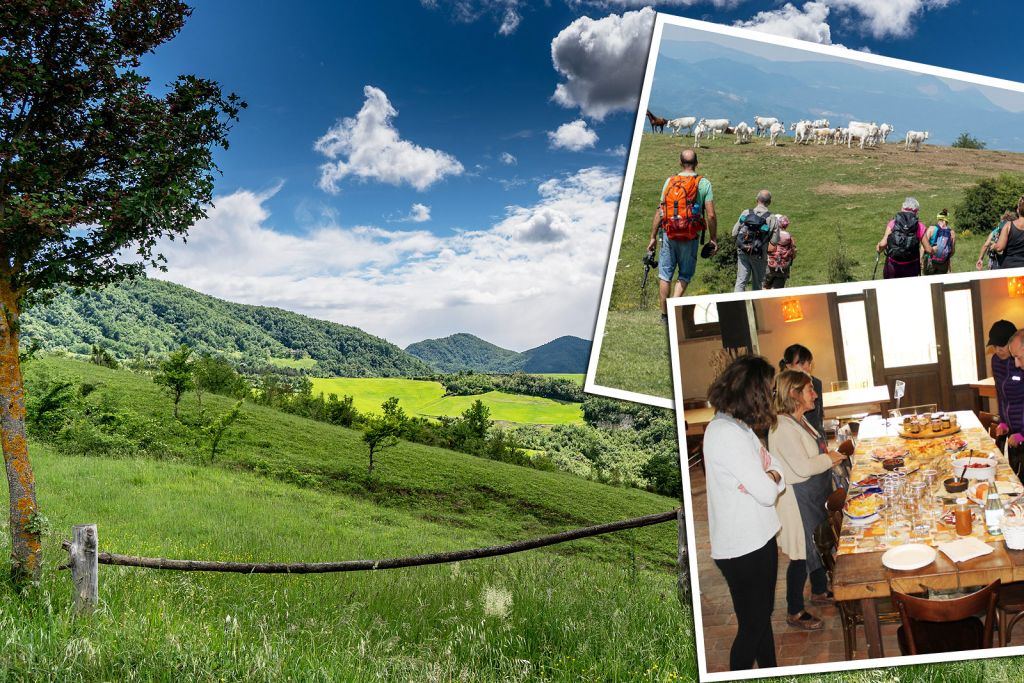
We venture along the newly-launched 130-kilometre Via della Lana e della Seta hiking trail between Bologna and Prato in Northern Italy to explore some of the best sights both on and off route.
Mention Bologna, and most people will be quick to remark on its gastronomy. Indeed, it’s renowned for its culinary prowess and has even lent its name to the well-known Bolognese sauce. But there’s a lot more to this part of Northern Italy which can now be explored on foot.
Via della Lana e della Seta (meaning ‘the Wool and Silk Route’) is a 130-kilometre hiking trail that can be covered in six or more days by all fitness abilities. It was devised by the CAI (Club Alpino Italiano), the main organisation for hiking and responsible for trail marking. With a membership of around 400,000, it’s by far one of the largest alpine clubs in the world.
This route links Bologna, the city of the Lock and canals and centuries old silk capital, and Prato, the city of the Cavalciotto, millstreams and fulling mills, capital of the wool and textile district.
Although the route can be started in either one of the cities, ours began in the heart of Bologna at Piazza Maggiore, overlooked by important buildings such as the San Petronio Basilica, Palazzo Notai and Palazzo del Podesta.
A stroll around it, and you can admire all the places that made it famous worldwide, including the small workshop where the Maserati brothers developed their first car.
For many centuries, Bologna was renowned throughout Europe for its production of silk. At one time, a third of the 60,000 inhabitants were employed in some way by the industry.
It was an excellence based on the rational use of energy sources. Water was channelled from the Reno and Savena rivers, and the mill powered by a water wheel is considered to be the highest level of technology before the steam engine.
You can follow the Navile Canal to rediscover its industrial architecture as you leave the city.
A booklet is available from the tourist office. It supplies the technical know-how on how to navigate trekking on each leg of the journey so you can fully immerse yourself in the beauty of the Tuscan-Emilian Apennine. It also tells you the main sights, refreshments points and overnight stay options, as well as train stations and alternative routes to discover even more places.
As mentioned, the route is not challenging by any means (mountain peaks never exceed 1,000 metres above sea level), but some basic skills and a sense of direction is required. Guides are available to escort you through the towns, peaks and valleys which have linked the two historic cities over the centuries, thanks to their wise management of water.
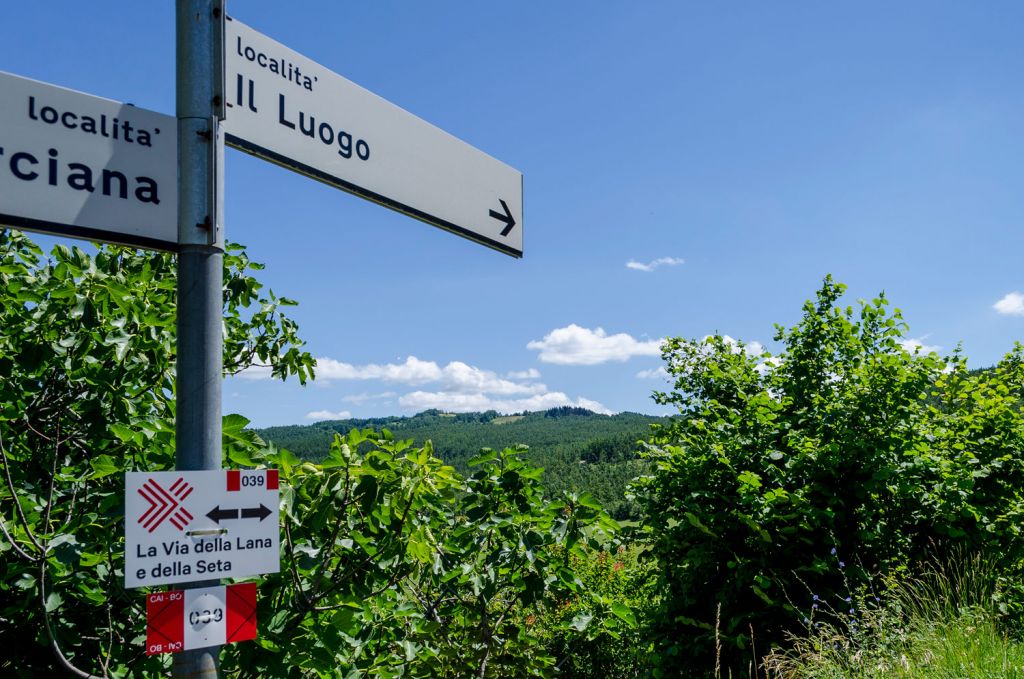
Leaving Bologna behind and following the path marked with red and white posts and the Via’s logo, the first stop 20 kilometres into the trail is Sasso Marconi. Here, you will find Villa Griffone – the sunny yellow villa, home of Guglielmo Marconi, better known as the inventor of the radio (or wireless).
Today, it’s known as the Marconi Museum, where exhibits include displays relevant to Marconi’s life and inventions, including the radiotelegraphic devices of WWI and WWII. The museum can be visited only by making reservations in advance and with a guided tour only.
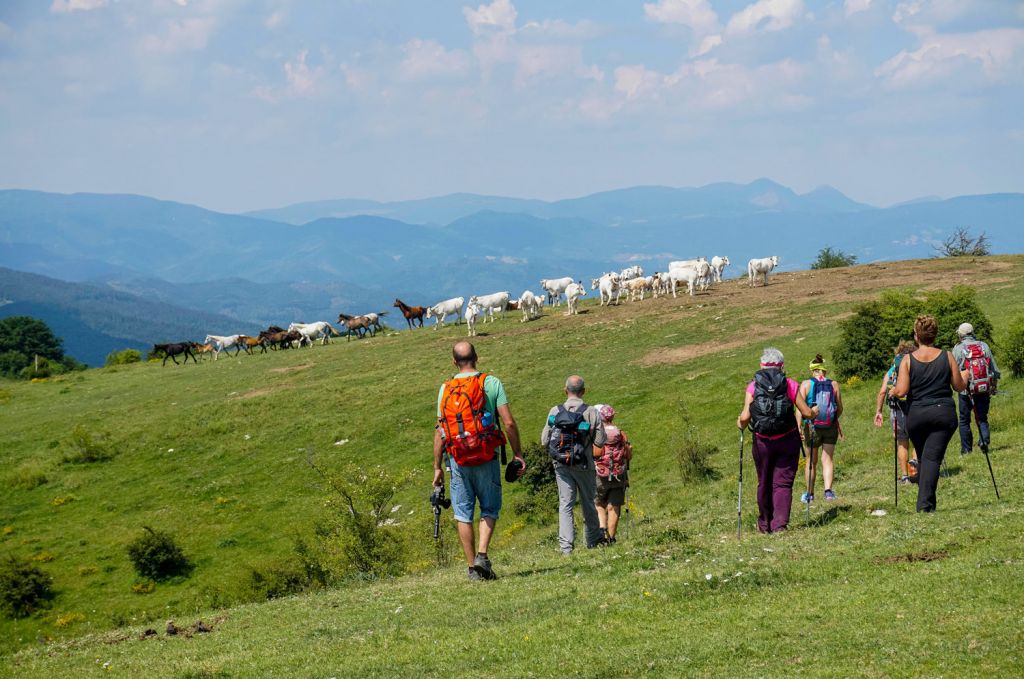
Continuing along the path and the Monte Sole Historical Park is a poignant part of the journey. It’s a place that tells a story that bears witness to a dark past.
Here we met expert guide Vito Paticchia (editor of the 48-page Guidemap), who talked and walked us through the fall of 1944 when Nazi troops slaughtered hundreds of local inhabitants, wiping out centuries of the quiet and laborious life of the local communities.
It’s been a protected area since 1989 to remember those who lost their lives in such tragic circumstances. Vito tells us there are several films made about this place to help people to understand what happened.
Foodies may want to stop off at Al di la del Flume to stock up on wholesome produce and fine wine.
This biodynamic multifunctional farm was the brainchild of husband and wife duo Gabriele and Danila and is the land where Gabriele was born and saw his father and grandfather work.
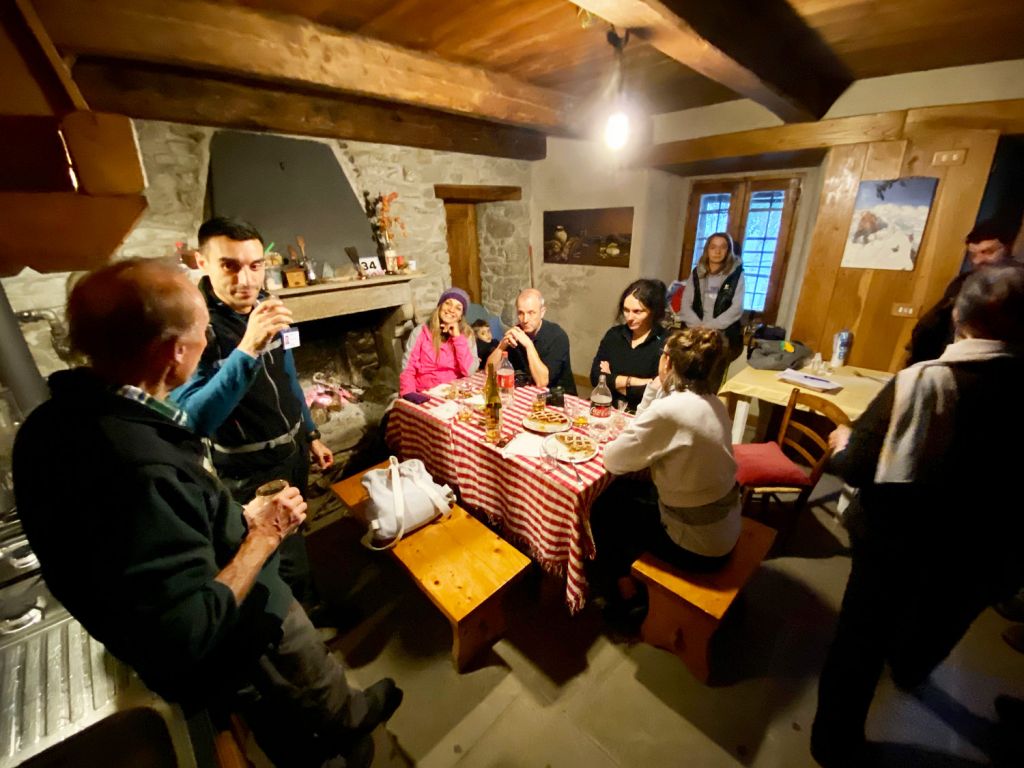
Stopping for lunch (sadly not available to hikers), Danila’s passion for providing good food and wine is paramount. Some of the vines have been in existence since ancient times, but the serious winemaking began in 2006, which saw the replanting of three hectares of vines.
Farming without chemicals is not without its challenges, said Danila, but it is very rewarding nonetheless.
You won’t find yeast, sulphur dioxide, preservatives or additives in any of their wines, and I can vouch for the organically produced food (i.e. the fruit, vegetables, jams, pickles and sauces) tasting as fresh as you can get.
The couple also holds events and wellness retreats in a specially converted hall with amazing 360-degree views above the winery, thus making it a truly harmonious place to be in for the mind, body and soul.
Further along from the farm, the route will lead you to La Scola – a whimsical village where houses built in the 14th century seem to be frozen in time. Take time to stroll around here and marvel at the well-preserved buildings, which were transformed by stonemasons from watchtowers used by the military. The whole place looks straight out of a movie set.
Castiglione dei Pepoli is the heart of the path and where the idea for this particular route was born. It’s one of the most important municipalities on the mountains in Bologna and is worth stopping to meander around a typical marketplace before going on to the Tuscan side and into the two charming ‘Borghi’ (small) villages of Montepiano and Badia.
You may also want to make a scheduled stop here not only to relieve the weight off your feet but also to feast on award-winning chef Lucia Antonelli’s food at her family restaurant, Taverna del Cacciatore.
Think beautifully created game dishes and plenty of fresh pasta. A self-taught cook with several recipe books under her belt, Lucia takes her profession very seriously. Keen to pass on her traditional cooking skills, she holds cookery lessons on-site. Here, she expertly uses the rolling pin to flatten pasta before turning it into tortellini, tagliatelle and much more.
Having grown up rolling Chapatis in an Indian household, I thought I’d be a natural — quite the contrary. Rolling pasta I discovered was a whole other ball game. It will take longer than the 90-minute class to perfect my skills.
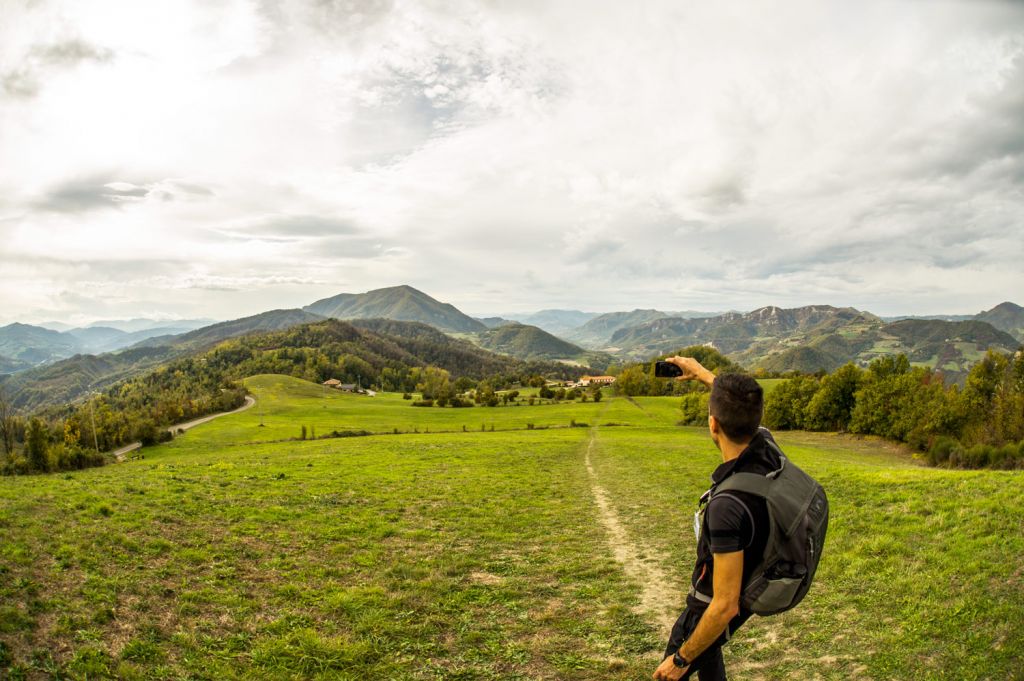
Keeping traditions alive, and the village of La Storia has an interesting tale of food of yesteryear making a comeback – a red variety of corn exclusive to this area found in abundance before it was virtually wiped out in the aftermath of WWII.
Today, a small number of farmers are working with researchers to cultivate it. This year saw its first yield, and we had the privilege to taste it in the form of a raspberry pie.
Slightly nutty in texture, it was the perfect pick-me-up to continue our journey into Rasora, which boasts having a public library in the smallest village in the whole of Italy.
One of the most enjoyable sections of the hikes for me was trekking in Montemaggiore and Valibona. The dull, misty, and rainy day did nothing to dampen our spirits as we searched in earnest for wild horses commonly found here. And find them we did. There is something magical about being alongside creatures in the wild.
In an increasingly commercialised world, wild animals can help us reconnect with nature when the drags of modern society become too much.
And finally Prato, the trek’s final destination. After a long walk in the wilderness, the city deserves the full attention of anyone arriving on foot. There’s much to see here from the 12th-century Cathedral of Santo Stefano and the Castle dell’ Imperatore, as well as a plethora of museums and artwork which you’ll struggle to cover in a day. Besides, you will want to pop your feet up and reflect on the mammoth journey that you have just undertaken.
We did just that by heading to the Tuscan boutique residence of Fattoria di Capezzana on the Agriturismo Capezzana estate just outside the city. One of the world’s oldest vineyards (around since 804 AD), it houses wines dating back to the 1930s. Expect to pay a good sum for the wines.
For example, half a bottle of Vin Santo can set you back at least €47. But after the lengthy trek, it’s very much well deserved. With a vino in hand, surrounded by vineyards, you couldn’t ask for a better way to end an adventure on foot through the beautiful landscape from Bologna to Prato.
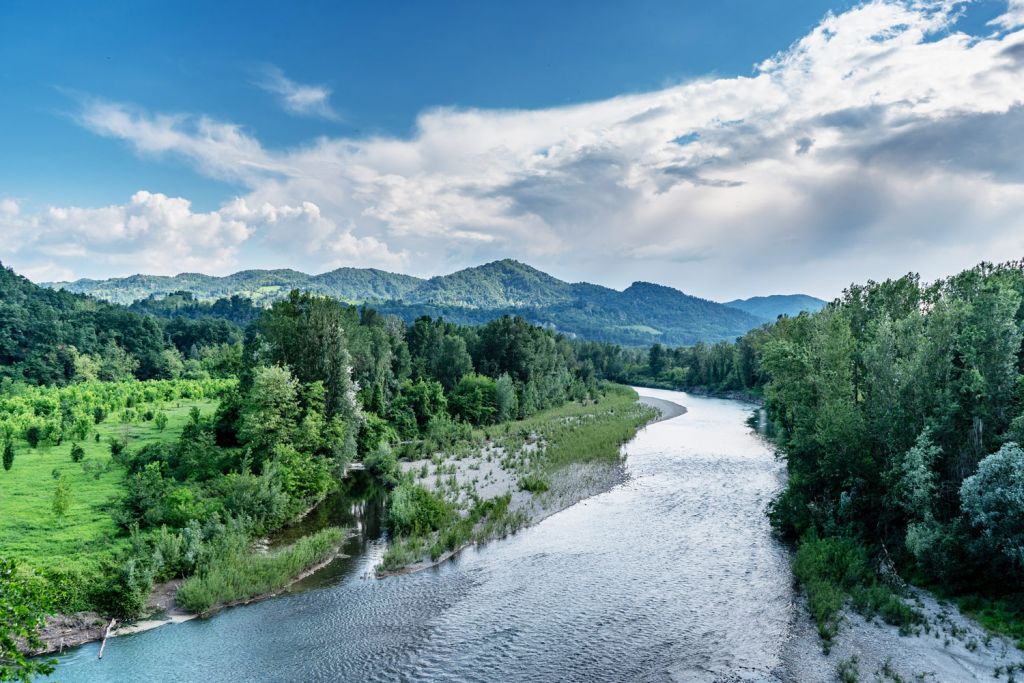
Via della Lana e della Seta – Where and How?
For more information on the Via della Lana e della Seta, visit www.viadellalanaedellaseta.com.
The Bologna Welcome website can be reached at www.bolognawelcome.com/en.
We stayed at the Agriturismo La Fattoria di Capezzana. Prices for rooms, including breakfast, start from €120 per night.
Read more travel reviews by Luxurious Magazine here.
![]()

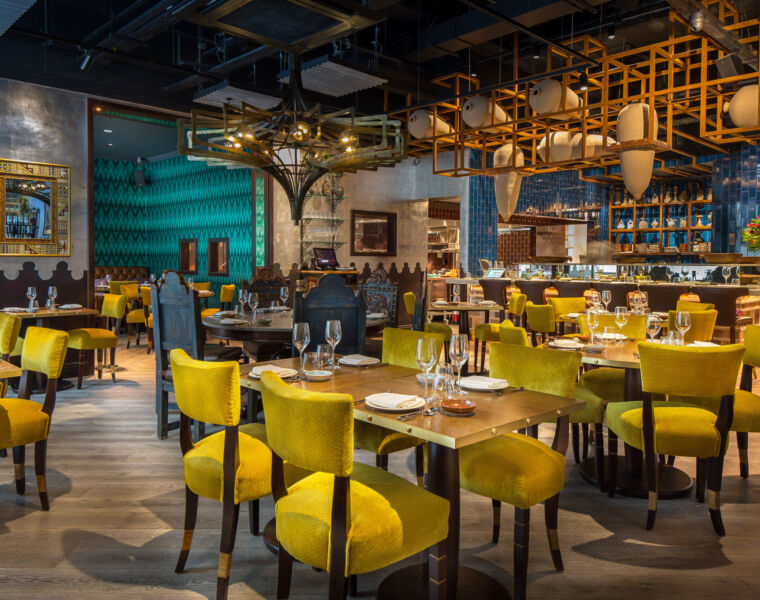
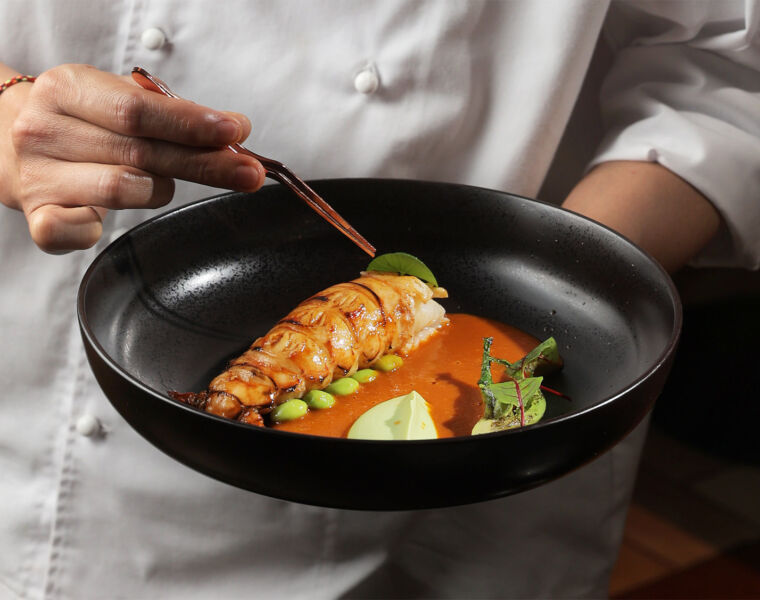
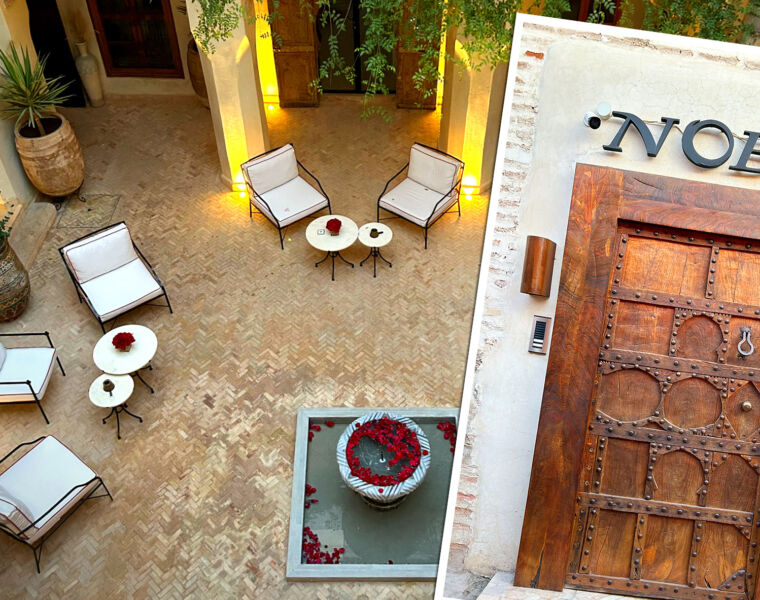
You must be logged in to post a comment.